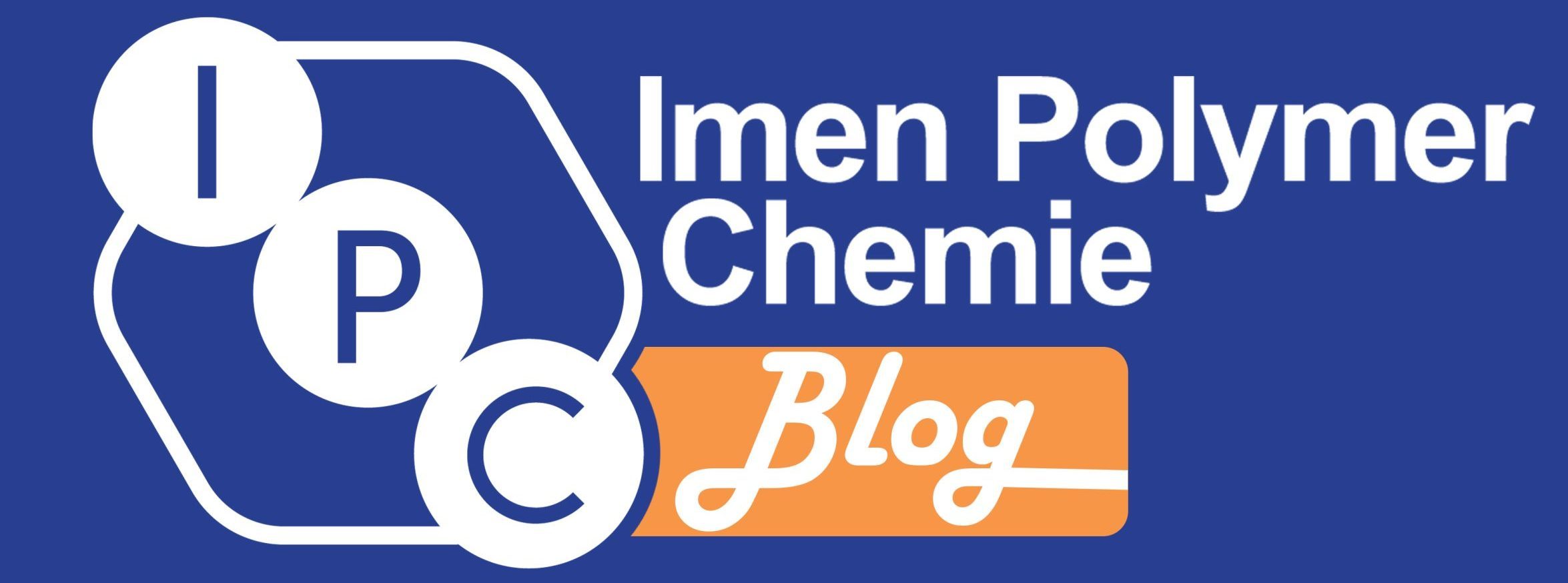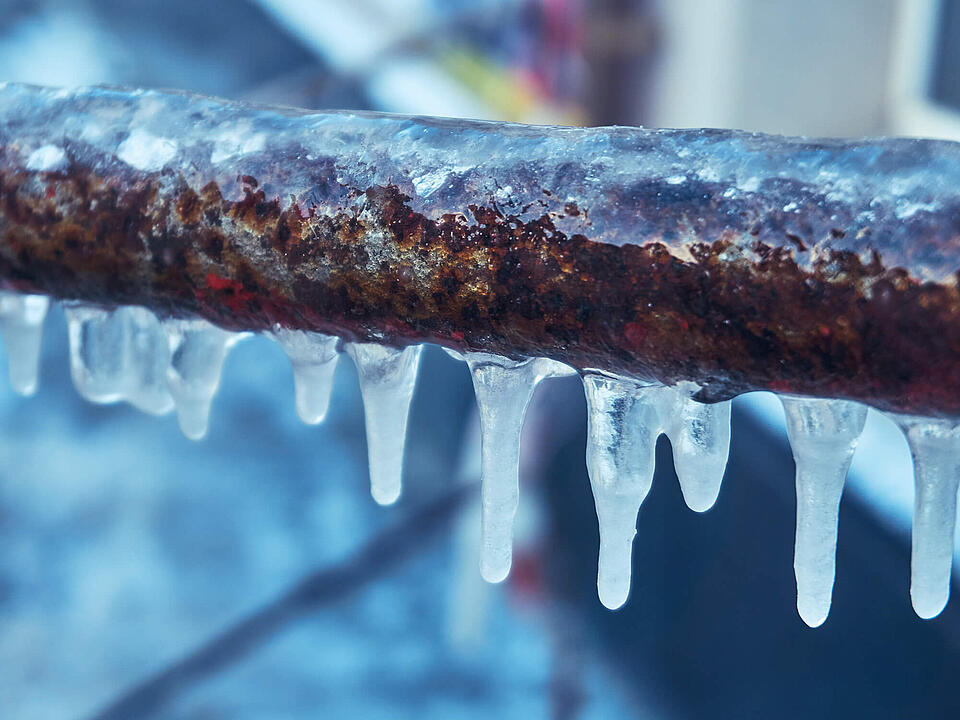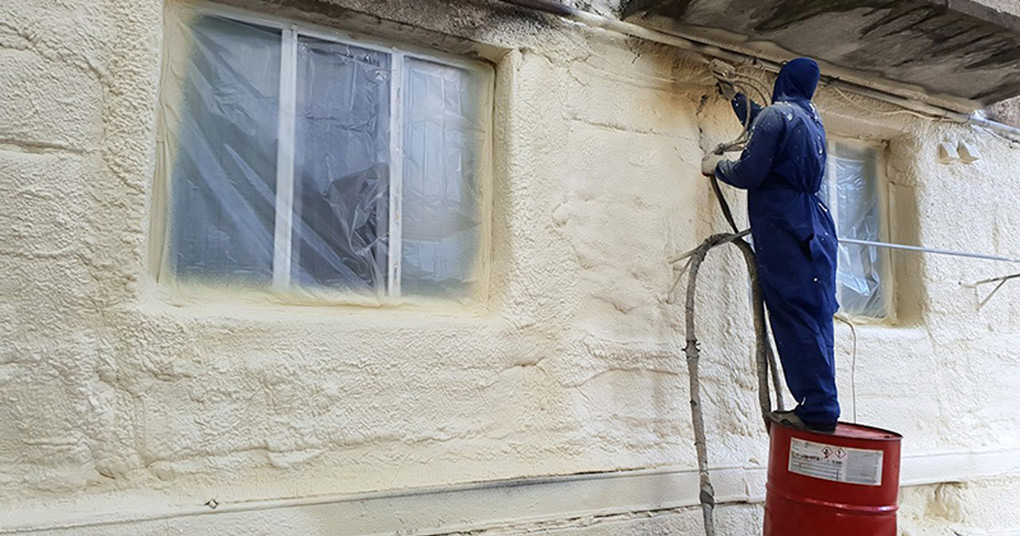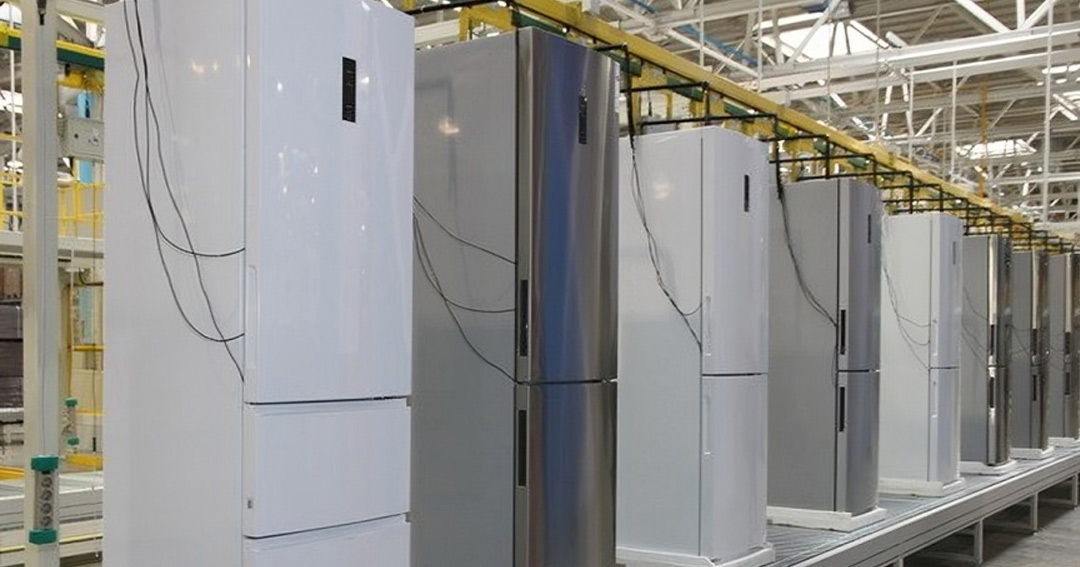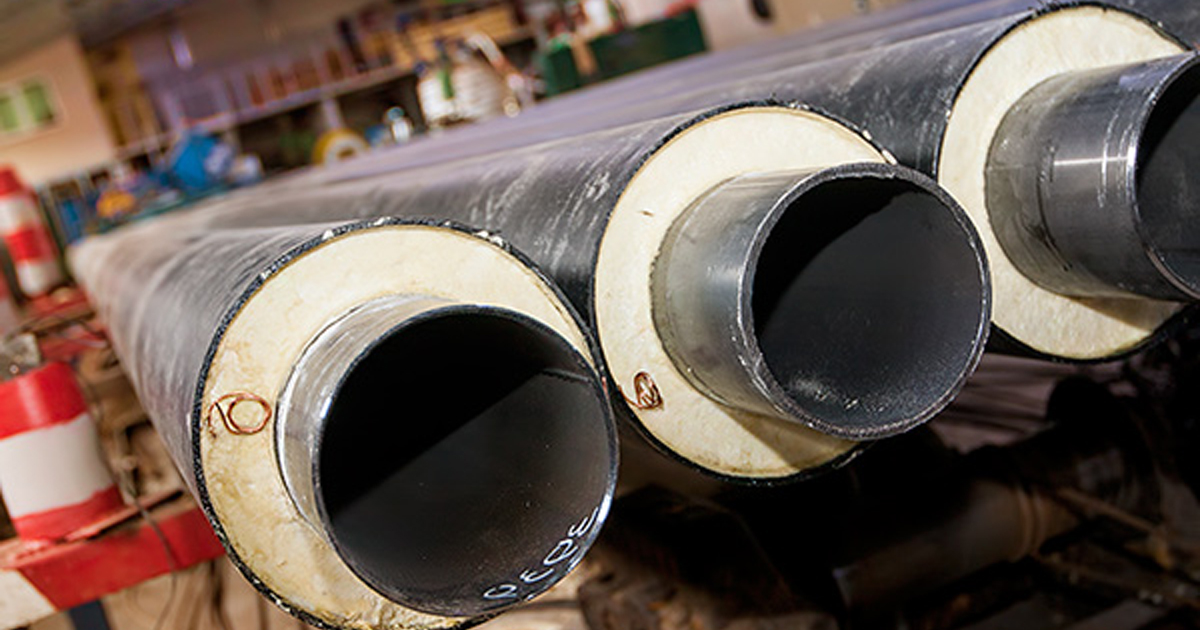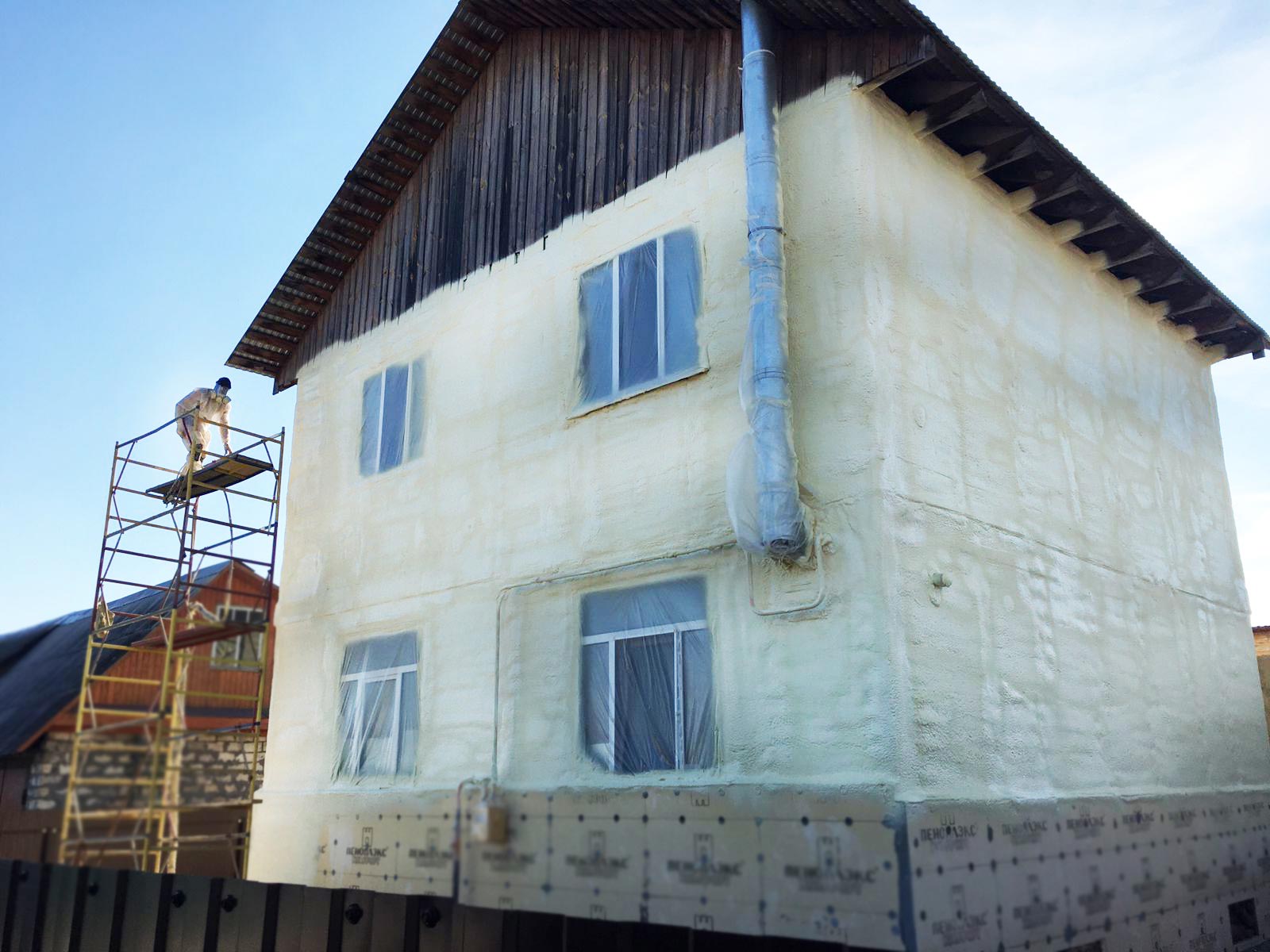Table of contents
To protect pipelines in cold climates, the use of high-performance insulation materials is essential. There are various choices available in the market, so the subject under discussion in this article will be the evaluation of the best pipe insulation to prevent freezing, including cost considerations and a scientific comparison between polyurethane and alternative materials.
Why pipe insulation is important in cold weather?
Insulating pipes is a process about preventing freezing and maintaining consistent fluid flow and reducing energy loss. In regions with harsh winters, water inside pipes can freeze within hours, leading to expansion, cracking, or complete rupture. Proper insulation creates a protective barrier, keeping the temperature inside the pipe above freezing levels, even when outside conditions are extremely cold.
Moreover, insulation helps reduce heat transfer, ensuring that hot water pipes keep their warmth for longer periods. This efficiency helps energy savings, making insulation a necessary investment for homeowners, businesses, and industries and so on.
Common problems caused by frozen pipes
Frozen pipes can really put us in trouble. In fact, when water inside a pipe freezes, it expands and creates pressure that the pipe may not be able to handle. This can lead to costly repairs and damage to walls, floors, and ceilings.
In industrial and commercial settings, the outcomes can be even more serious. Ice blockages in pipelines carrying water, chemicals, or gases can stop operations, reduce efficiency, and cause significant financial losses.
Another important concern is health and safety. Leaks from frozen pipes can create damp conditions, which leads to mold growth. Mold can reduce indoor air quality and cause health risks, particularly to people with respiratory problems. Long-term exposure to mold can cause serious health issues.
Overall, the cost of ignoring proper pipe insulation is much higher than the investment in high-quality insulation materials. Effective insulation can prevent freezing and protect buildings, maintain smooth operations, and reduce long-term repair and maintenance costs.
After sales service
For price inquiries and purchasing liquid polyurethane for polyurethane foam production, please contact Imen Polymer Chemie Company.
Types of pipe insulation to prevent freezing
Several insulation materials are available in the market, each of them has their own characteristics. The most common ones include:
- Fiberglass insulation: Widely used, affordable, but less resistant to moisture and mechanical stress.
- Rubber foam insulation: Flexible and easy to install, with stable thermal resistance even in extreme cold, though flexibility can decrease at very low temperatures.
- Polyethylene foam insulation: Lightweight and inexpensive, but not suitable for long-term industrial use.
- Polyurethane insulation: A high-performance material with superior thermal conductivity and mechanical strength, making it ideal for both residential and industrial applications.
As a result, it can be said that polyurethane stands out due to its balance of durability, efficiency, and versatility.
Key features of effective pipe insulation
The right pipe insulation must combine several important qualities to provide reliable protection against freezing. Low thermal conductivity is crucial to slow heat loss and keep fluids above freezing point. Moisture resistance is also important, since water absorption quickly reduces insulation performance.
Insulation should be durable, able to withstand weather changes and physical stress without losing effectiveness. It must also be easy to install, saving time and labor while ensuring efficiency in both small projects and large industrial systems. Finally, real value comes from long-term savings, since durable materials that prevent energy loss often save more money than cheaper options that wear out quickly.
Polyurethane passes all of these standards; it has strong thermal resistance, water protection, and durability, that makes it one of the most popular solutions for preventing frozen pipes.
Best pipe insulation to prevent freezing
Selecting the most effective pipe insulation to prevent freezing requires careful evaluation of both the environmental conditions and the physical properties of the insulation material. In cold climates, the driving factor behind freezing is the heat transfer rate between the fluid inside the pipe and the external environment. In fact, the lower the thermal conductivity of the insulation, the slower the heat loss, and consequently, the higher the protection against freezing.
Polyurethane foam insulation is considered one of the best options because of its exceptionally low thermal conductivity (typically in the range of 0.020–0.025 W/m·K), which performs better than many traditional alternatives. Its closed-cell structure prevents moisture penetration, a critical feature since water absorption can severely reduce insulation performance. Furthermore, polyurethane shows great stability under sub-zero conditions, maintaining its mechanical and thermal properties even when exposed to very cold environment. These characteristics make polyurethane insulation a safe protective choice against freezing and also a long-term investment in energy efficiency and infrastructure protection.
Another key advantage of polyurethane is its versatility. It can be manufactured in various densities and applied as spray foam, pre-formed pipe sections, or injected between the pipe and its protective shield (pipe in pipe method), allowing it to adapt to different project requirements in residential, commercial, and industrial contexts. This adaptability means that no matter how complex a pipeline system is, polyurethane can be customized to deliver maximum protection against freezing.
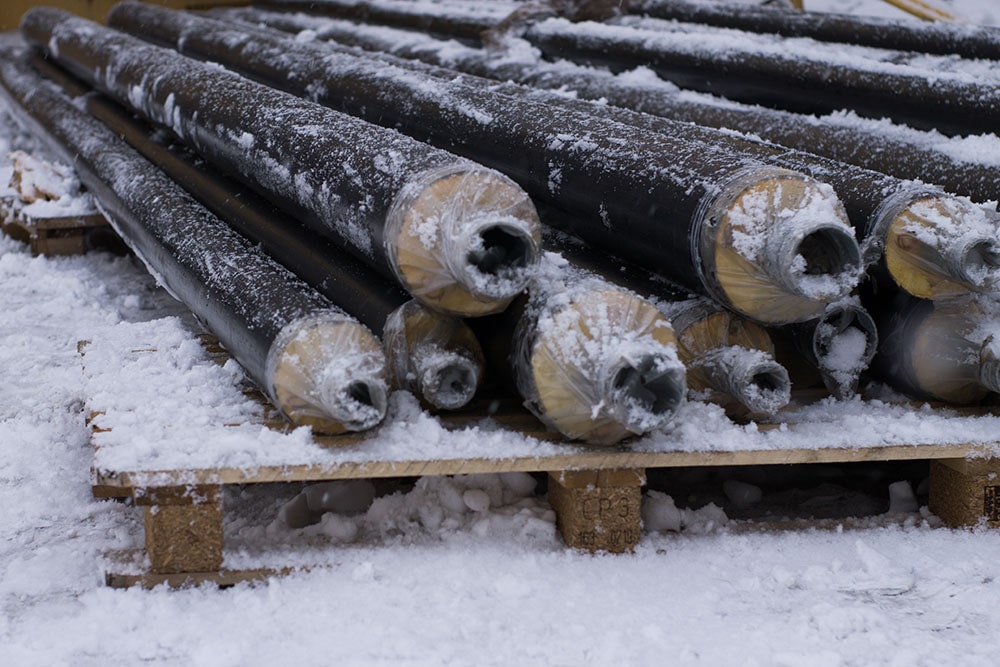
Cost considerations of pipe insulation materials
Along with performance, cost is a major factor you’d better take into consideration when you’re deciding on choosing pipe insulation. The cost of insulation is not limited to its purchase price; it must also account for installation expenses, maintenance, and the long-term economic benefits derived from energy savings and reduced repair risks.
Fiberglass and polyethylene insulation are usually cheaper in the first place, but they often require frequent replacement due to wear, moisture absorption, or degradation over time. This makes them less economical in the long time, particularly in severe climates where insulation failures can result in pipe bursts and expensive repairs.
Polyurethane insulation, is generally more expensive than its similar alternatives, but it has superior cost efficiency over its lifecycle. Meaning that its durability minimizes the need for replacement, and its high thermal resistance reduces energy consumption by maintaining fluid temperatures effectively. Industrial facilities transporting oil, gas, or water over long distances particularly benefit from polyurethane, as the reduction in energy loss significantly lowers operating costs and ensures a more reliable flow through the pipelines.
In addition, installation efficiency must be considered. Polyurethane spray foam can be applied quickly and uniformly, reducing labor costs compared to rigid materials that require manual fitting. The long-term return on investment, combined with lower maintenance and reduced risk of damage, positions polyurethane as one of the most cost-effective insulation solutions available.
Why polyurethane is the best choice for pipe insulation?
Based on the above, it can be said that polyurethane insulation is considered as the best choice for pipe insulation due to its properties such as an exceptional combination of low thermal conductivity, closed-cell structure, and long-lasting performance.
Its ability to resist moisture penetration makes it particularly effective in cold and humid environments. Additionally, polyurethane maintains its insulation properties even in extreme sub-zero conditions, ensuring continuous protection throughout the winter.
For industries transporting gas, oil, or water, polyurethane insulation ensures continuous operations by preventing freezing and reducing energy loss. This makes it a protective measure and also a cost-saving solution.
Buy polyurethane from Iran for pipe insulation
Iran is recognized as a growing center for high-quality polyurethane production, offering competitive prices and strong export capabilities. Imen Polymer Chemie, a polyurethane system house, supplies superior polyurethane raw materials specifically designed for insulation applications. By sourcing polyurethane from our company, customers can gain several benefits such as:
- Consistent quality that meets international standards.
- Technical support and consultation services tailored to customer needs.
- Cost-effective solutions for large-scale industrial and construction projects.
- Reliable export and logistics services for international buyers.
Whether you are a contractor, distributor, or industrial company, choosing us as your polyurethane supplier ensures long-lasting performance and protection against freezing in pipelines.
Conclusion
The best pipe insulation to prevent freezing is one that combines durability, efficiency, and resistance to harsh conditions. While several materials are available, polyurethane is the most effective solution for both residential and industrial use. Its excellent thermal resistance and moisture protection make it the top choice for ensuring pipes remain safe during cold weather.
For high-quality polyurethane raw materials designed for pipe insulation, Imen Polymer Chemie offers reliable solutions supported by expertise, technical consultation, and global export services. Investing in polyurethane insulation today means protecting your infrastructure, reducing energy costs, and ensuring peace of mind throughout the winter season.
